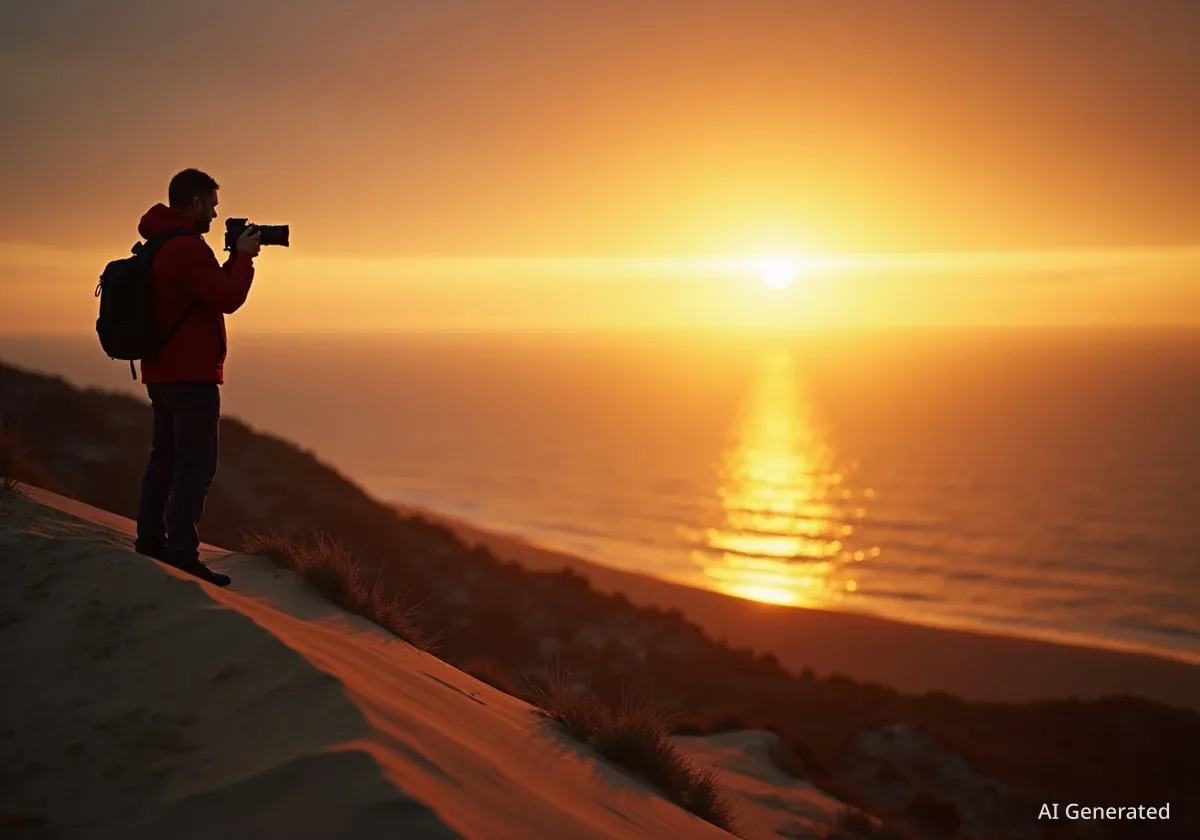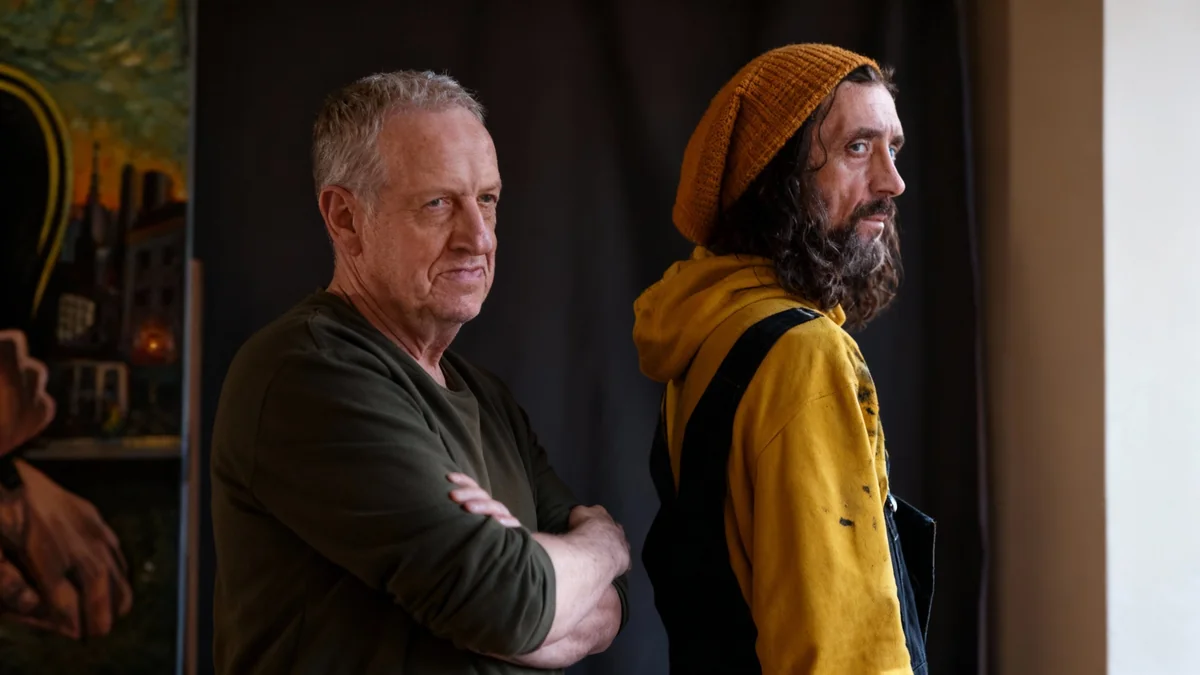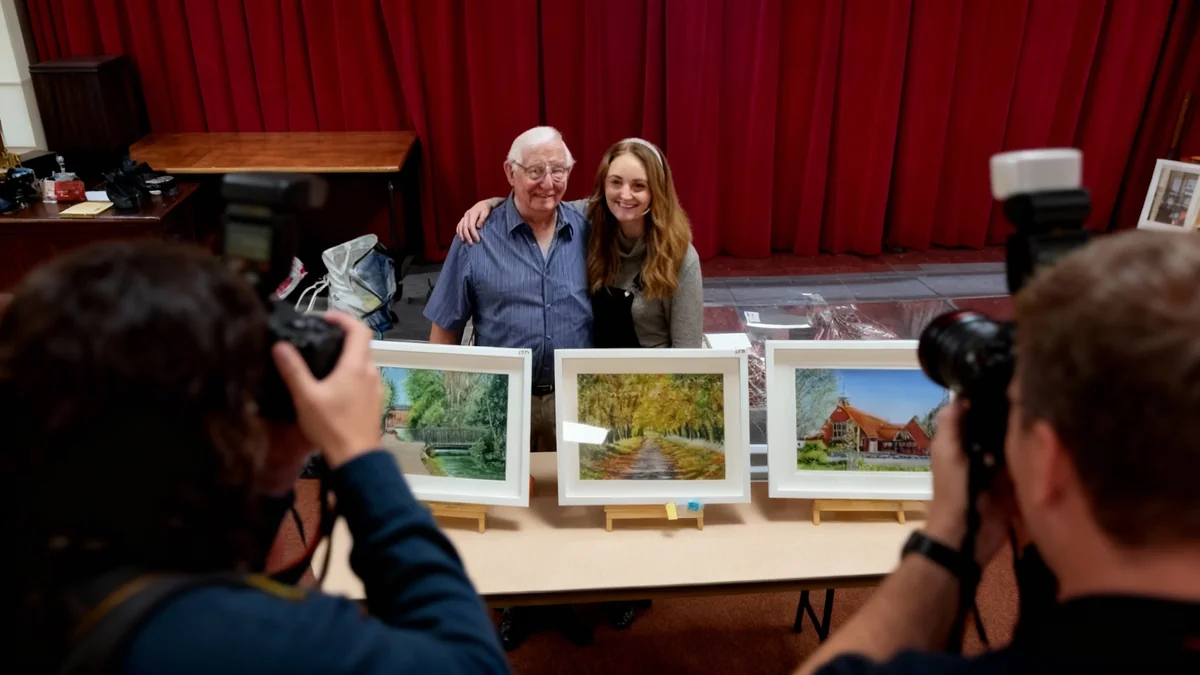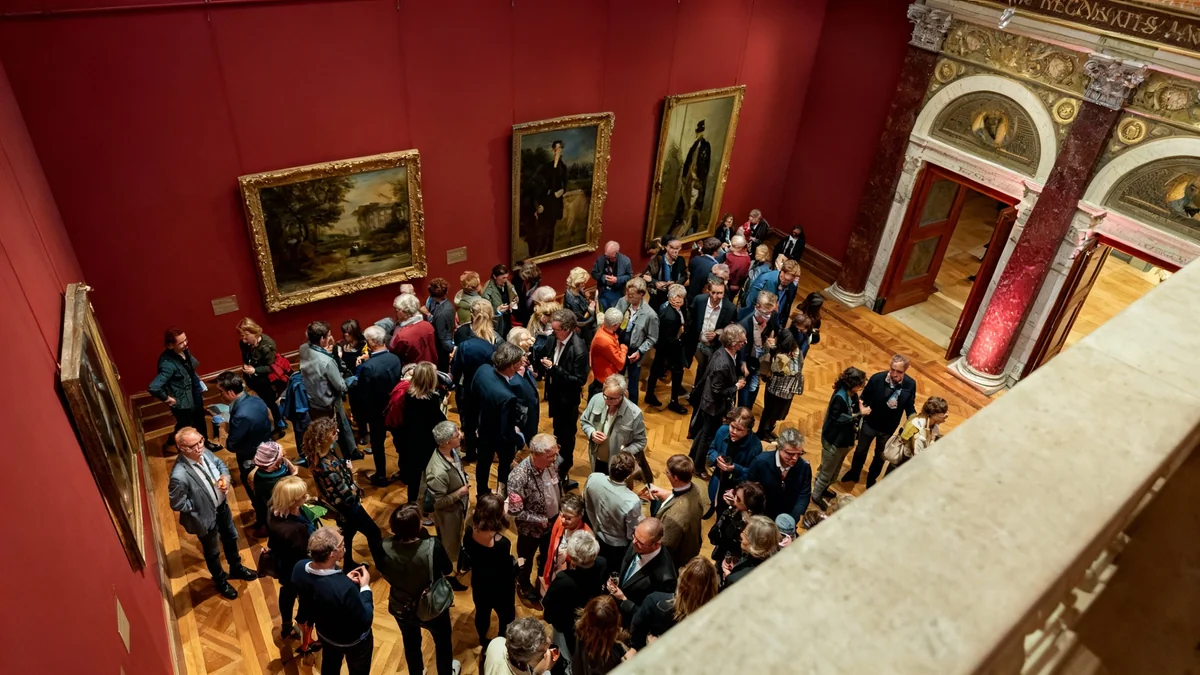Cape Cod is remembering Barry Donahue, a veteran photojournalist whose distinctive work graced the front pages of The Cape Codder newspaper for many years. Donahue, known for his unique ability to capture 'shapes and shadows,' passed away last week, leaving behind a significant visual legacy across the Outer Cape.
His career spanned decades, during which he became a familiar presence at local events, often arriving by unconventional means to secure the perfect shot. Donahue's dedication to his craft and his deep connection to the Cape Cod community defined his professional life.
Key Takeaways
- Barry Donahue, a long-time photojournalist for The Cape Codder, has passed away.
- He was renowned for his artistic black-and-white photography, often called 'shooting shapes and shadows.'
- Donahue's work captured the essence of Cape Cod, from serene landscapes to dramatic storms.
- He was a familiar figure on the Outer Cape, known for his dedication and unique approach to news photography.
- His legacy includes a vast collection of images reflecting the region's life and environment.
A Career Defined by Vision and Dedication
Barry Donahue's career as a photojournalist began in an era when newspapers were substantial and photographs often appeared in black and white. He was part of a generation of 'news photogs' who carried multiple cameras and heavy equipment, always ready to document the day's events.
His distinctive style, particularly his mastery of 'shooting shapes and shadows,' set his work apart. This approach involved creating artistic, often black-and-white images that were both visually striking and emotionally resonant. His photographs frequently occupied prime space on the front page of The Cape Codder, making them instantly recognizable to readers.
Fact: The Art of 'Shapes and Shadows'
The phrase 'shooting shapes and shadows' describes a photographic style that emphasizes contrasts, forms, and light. It often results in highly artistic black-and-white images, focusing on the interplay of light and dark to create compelling compositions. Barry Donahue was a master of this technique.
Friendly Competition and Professional Respect
For decades, Donahue was a professional rival to other photojournalists in the region, including Steve Heaslip of The Cape Cod Times. Despite the competition, a strong sense of camaraderie and mutual respect existed between them. They often found themselves at the same news events on the Outer Cape.
"I can’t remember a time in the last 40 years when he wasn’t out there somewhere on his beloved Outer Cape with a camera," said Steve Heaslip, reflecting on Donahue's enduring presence.
Donahue frequently arrived at scenes before others, a testament to his local knowledge and proactive approach. Heaslip recounted instances of arriving late to marine mammal strandings, only to find Donahue already departing. "I think there might still be something to see down there," Donahue would quip with a smile, showcasing his good-natured competitive spirit.
Unconventional Methods and Deep Local Knowledge
Donahue's commitment to capturing the full story often led him to employ unusual methods. While other photographers were restricted by land, Donahue would sometimes arrive at a scene by water, rowing or paddling to access unique vantage points. This resourceful approach allowed him to capture perspectives that others could not.
His deep understanding of Cape Cod's environment and his willingness to brave challenging conditions were legendary. During storm coverage, Donahue was a familiar sight, outfitted in knee-high rubber boots and a yellow slicker. He would photograph the ocean's fury from land or even from a fishing boat, regardless of the weather.
Context: Photojournalism in the 1980s
In the mid-1980s, photojournalists, then often called 'news photogs,' relied on film cameras like Nikons and carried canvas camera bags. Digital photography was not yet widespread, meaning photographers had to carefully manage film rolls and anticipate the perfect moment for a shot, as immediate review was not possible.
A Lasting Visual Legacy on Cape Cod
Barry Donahue leaves behind a significant body of work that documents the life, landscapes, and people of Cape Cod. His photographs captured everything from everyday moments to dramatic natural events, providing a visual chronicle of the region.
He was known for his exceptional 'eye' for photography and his instinct for finding the ideal location to take a picture. This combination of artistic talent and practical skill ensured that his images consistently stood out.
- Documenting Marine Life: Donahue frequently covered marine mammal strandings, capturing the efforts of local rescuers and the plight of the animals.
- Coastal Landscapes: His portfolio includes countless images of the Outer Cape's unique coastline, often rendered in his signature black-and-white style.
- Community Events: He photographed local festivals, gatherings, and daily life, reflecting the vibrant spirit of the Cape Cod community.
- Storm Coverage: Donahue's willingness to work in extreme weather conditions resulted in powerful images of the ocean's raw power and its impact on the shore.
One memorable photo of Donahue shows him with a broad smile, oars in the water, taking his grandson out for a row. This image, according to Heaslip, perfectly encapsulated Donahue's identity as a true Cape Codder – a man deeply connected to his home, his family, and the water.
His contributions to local journalism ensured that important moments and the unique character of Cape Cod were preserved visually for generations. Donahue's artful photos continue to serve as a vital record of the region he loved and documented so faithfully.
The community remembers him not just for his professional skill but also for his spirit and dedication. His work remains a testament to the power of local photojournalism.




